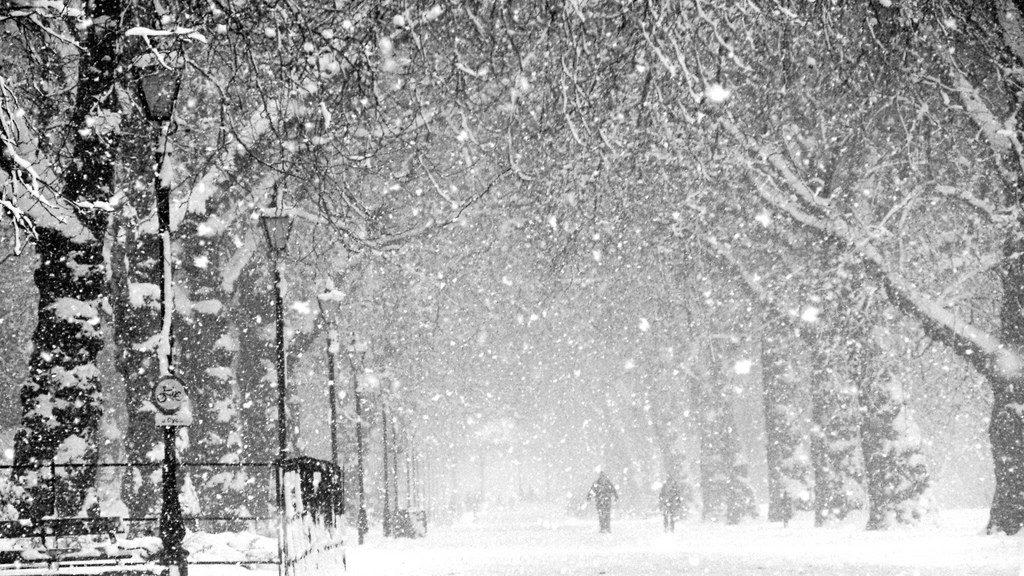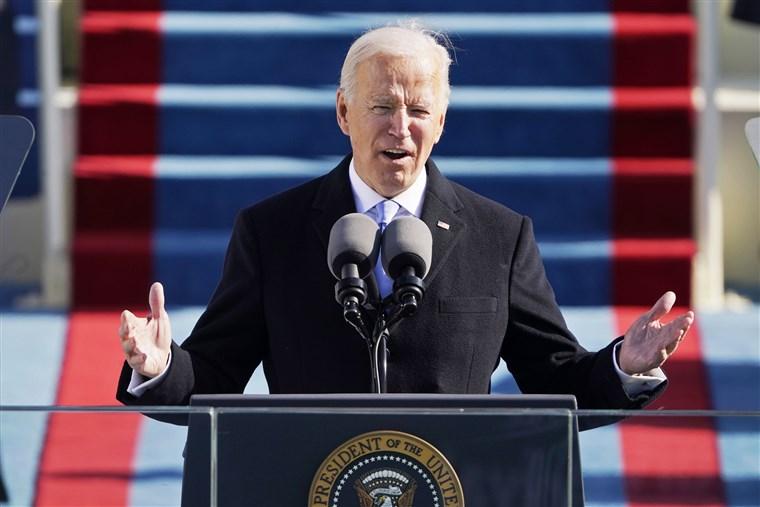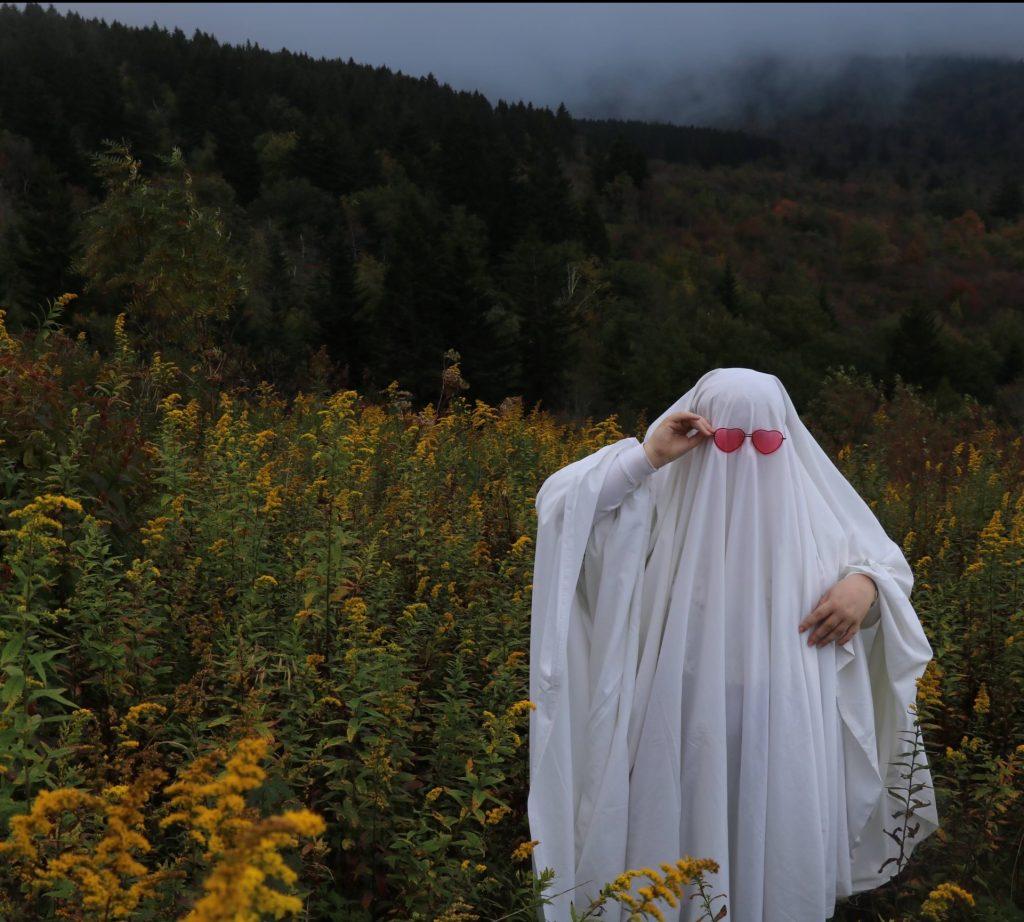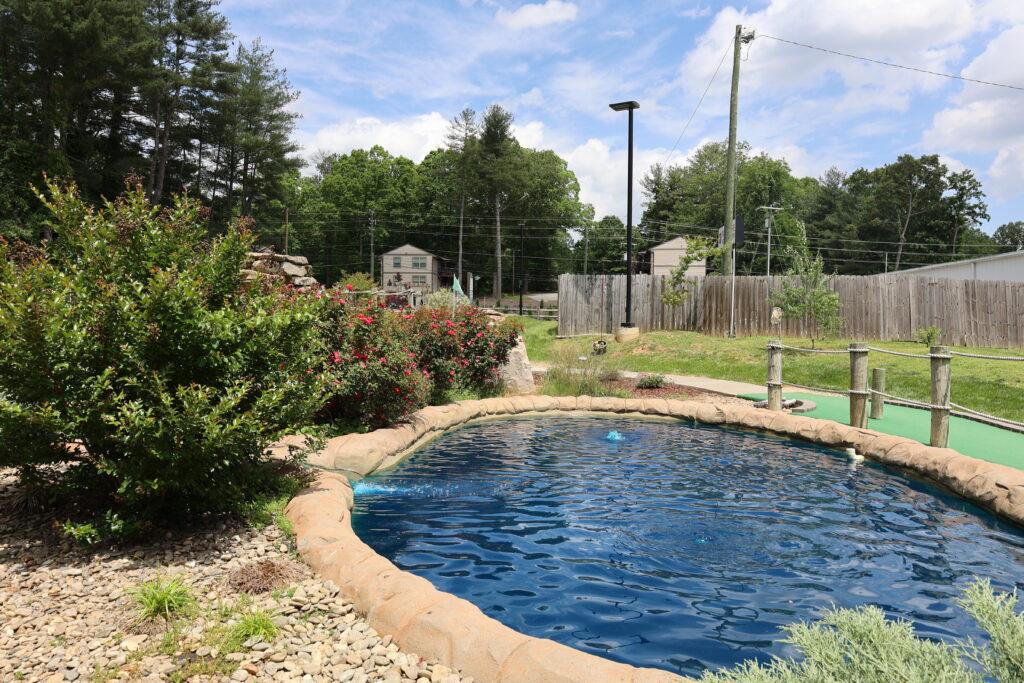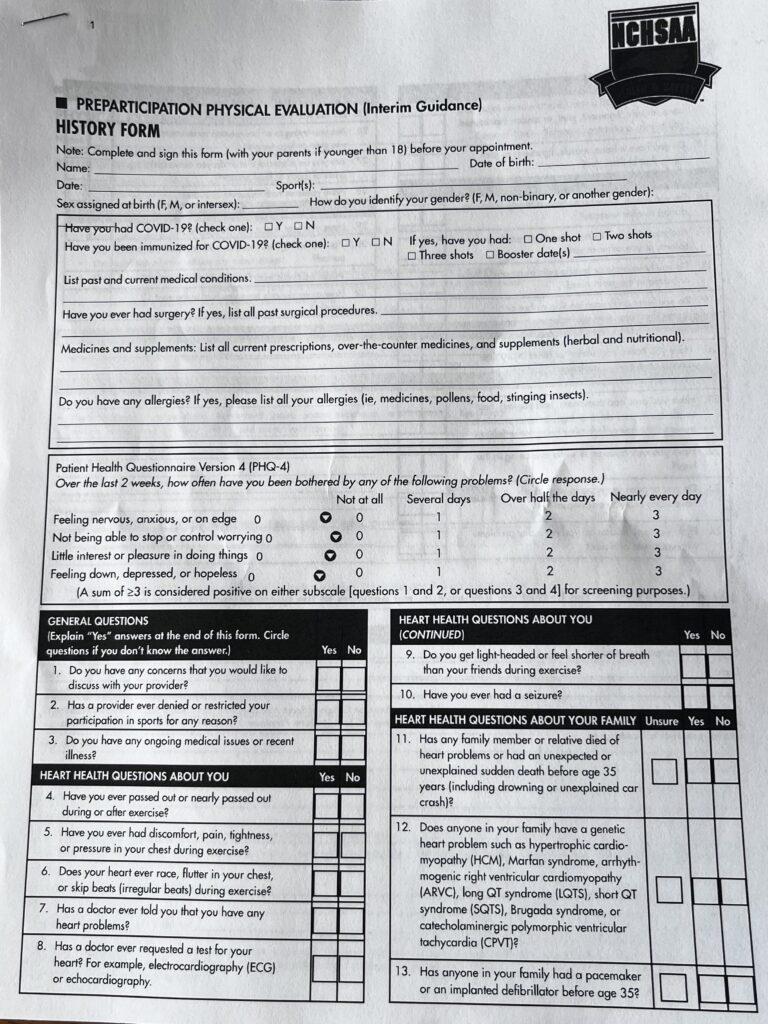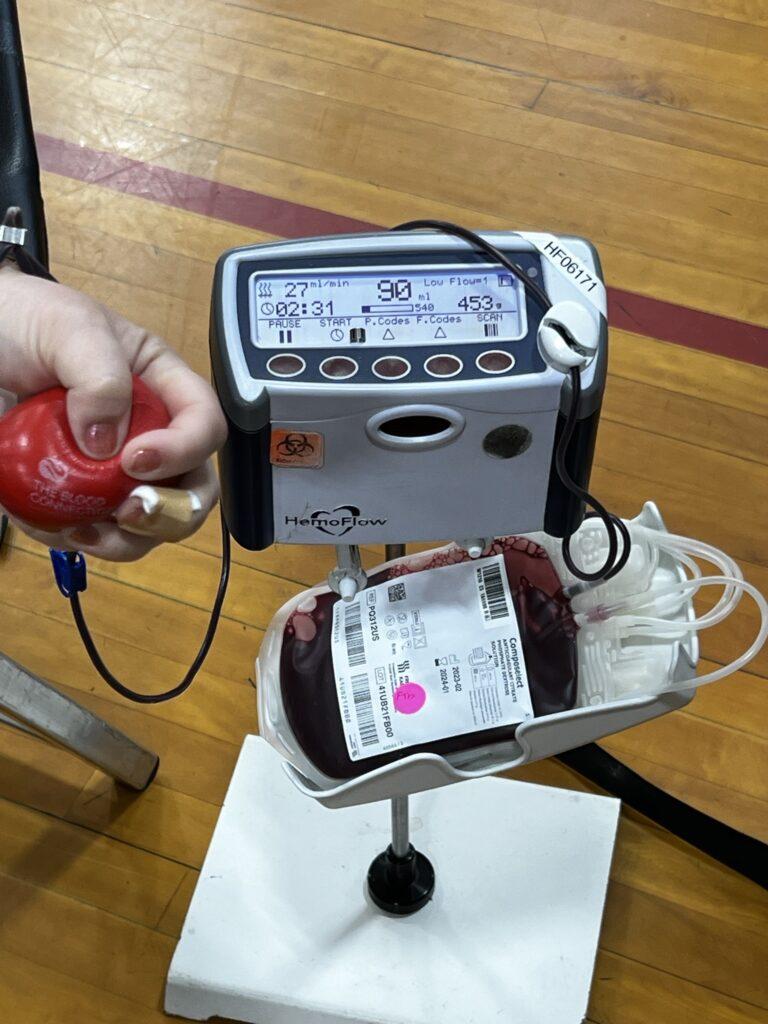Winter has been in full swing as we entered the beginning of February. It also just so happens that a third of the United States was frozen just last week. Temperatures in the negative double digits, dangerous wind chills, and a death toll of 21 so far makes this a winter to remember, and the polar vortex is to blame.
Every single time the temperatures drop below 60 degrees, skeptics of climate change use the extreme cold temperatures as “proof” that global warming is a hoax. President Donald Trump was one of the people who made such a crack, saying in a tweet, “What the hell is going on with Global Warming? Please come back, we need you!” However, there might be a link between the extreme cold and the gradual heating of the Earth.
The polar vortex is a upper level low-pressure area that lies near the Earth’s poles. The expanse is wide and the air that swirls through it is very cold. There are two polar vortexes: one over each pole. During winter, the vortex at the North Pole expands, which sends cold air down southward. The vortex itself is not new. This process of expanding and sending cold air happens regularly. Sometimes, however, like this winter, the vortex can move a bit too far. Parts of it can even break off and migrate even more southward, which, of course, brings the cold air with it. The strength of the vortex correlates with if this air moves too far or not. If the vortex remains strong, the jet stream (a narrow band of very strong winds) keeps it contained. If it weakens, like it did in 2014 when it froze Greenland to record lows, the vortex could fall apart and send dangerous cold weather southward.
Now, what does a normal weather pattern have to do with climate change? Scientists have reported that in the last 37 years, the polar vortex has weakened more and more frequently. There is also budding research from many sources, including NOAA, that links warmer Arctic temperatures to more harsh winters. It is reported that the Arctic is warming two to three times as fast as the average global rate. The warmer temperatures weaken the jet stream, which, as mentioned previously, means that it can’t keep arctic pressure systems and weather patterns contained.
Warmer arctic temperatures also have been linked to extreme weather. Altered wind circulation patterns can cause weather conditions to get “stuck” and last for many days. This can mean prolonged and damaging heat waves, droughts, and, of course, cold spells.
It also seems that many who are skeptics of climate change have not taken middle school science and don’t know the difference between weather and climate. Weather is defined as the state of the atmosphere at a specific place and time. Climate is defined as the weather conditions over a long period of time. A few days of cold weather does not mean that global warming has suddenly been undone.
The 20 warmest years on record have been from the past 22 years. The top four of that list are from 2015 to 2018, according to the World Meteorological Organization. Also, keep in mind that while the United States freezes, wildfires are ripping across Australia as they are baking in another blistering summer.
During winter, it is often strange to think about global warming. However, as you bundle up to endure the outside temperatures, keep in mind that as the Earth’s climate changes, weather gets extreme. So, if you hate cold weather, know someone being affected by the polar vortex, or want to live on the Earth happily for a few more years, be sure that you brush up on your scientific knowledge.
By: Cat Whiting, Opinion Editor

